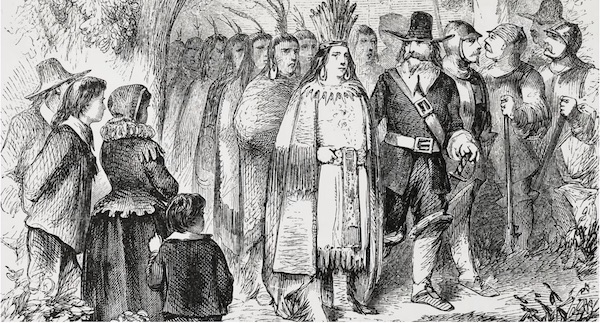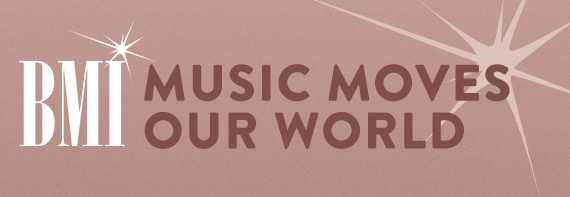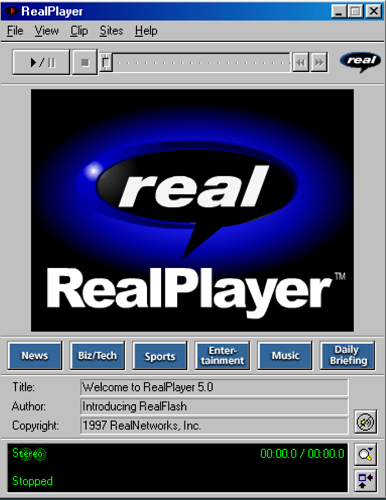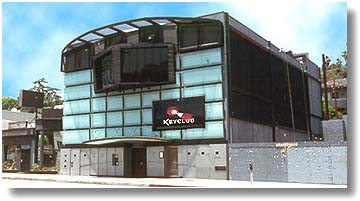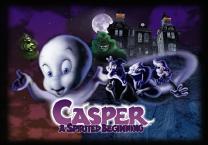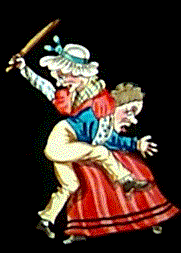Before it became fashionable to bash holidays like Columbus Day and Thanksgiving, I looked for some dissonant Turkey Day narratives online. There are more today than there used to be.
Cyber Thanksgiving 11/27/1997
by H.B. Koplowitz
For most Americans, Thanksgiving means turkey, football, family, God and country, and children acting out skits dressed as Pilgrims and Indians. I don’t mean to sneeze in anyone’s candied yams, but for Native Americans, Thanksgiving is kind of like Woodstock, i.e., the last time they experienced three days of peace and love with whitey. Not that Squanto, that Uncle Tom of the Wampanoags, doesn’t get a featured role in those grade school skits. But here’s several Turkey Day Web sites that separate Thanksgiving facts from fiction.

What better place to start an online Thanksgiving pilgrimage than “America’s Homepage!! Plymouth, MA.” Co-produced by the Plymouth Chamber of Commerce, the site is heavy on travel, lodging and visitor information, but also has a link to America’s oldest public museum in continuous operation, the Pilgrim Hall Museum owned and operated by the Pilgrim Society.
There’s also information on the history and people of the area. For example, an article on the Wampanoag tribes by Jacqui Hayes of Plymouth South High School notes that the Wampanoags protected the English settlers from more hostile tribes and taught them to plant corn and other crops, and in return the Europeans gave them deadly diseases.
Although their language and culture were nearly obliterated, the 700 or so surviving Wampanoags began to revive their tribal customs during the 1960s and ’70s, and on Thanksgiving Day 1970 about 200 tribe members gathered at Plymouth to protest the European conquest. A “Day of Mourning” protest has been held every Thanksgiving since.
Perhaps the most comprehensive — if somewhat Eurocentric — Web site on Thanksgiving and the Pilgrims is “Caleb Johnson’s Mayflower Web Pages” <members.aol.com/calebj/mayflower.html>. Johnson is a member of the General Society of Mayflower Descendants and claims to be related to half the passengers on the boat, including Miles Standish and John Alden. Currently an Intranet coordinator for a company in Vancouver, Wash., he has been researching the history of the Mayflower for the past six years and been a consultant on Thanksgiving-related news stories and documentaries by The New York Times, BBC, CBS and Disney among others.
A self-taught genealogist, his site includes family trees, biographies and texts of early Plymouth writings, 17th century Pilgrim letters, and other contemporary documents. There are sections about the girls and women who traveled on the Mayflower, the clothing worn by Pilgrims, the history of the Mayflower ship and the Thanksgiving holiday.
A section on “Common Mayflower Myths” says that the original Pilgrims were not Puritans but “Separatists,” did not wear big buckles, were not mostly old men (their average age was 32), and did not celebrate Thanksgiving as an annual event. Johnson also asserts that it’s a myth that the Pilgrims stole land from the Indians and mistreated them, because the Indians were wiped out by smallpox in 1614. So there.
For a Native American perspective on Thanksgiving, there’s “Thanksgiving Information,” a report by the Fourth World Documentation Project, which is part of The Center For World Indigenous Studies. In an introduction written by Native American school teacher Chuck Larsen of Tacoma, Wash., he notes that each Thanksgiving he faces the dilemma of how to be honest with his students without passing on historical distortions, then proceeds to examine a few myths of his own.
For example, he says the Puritans were not just simple religious conservatives persecuted by the King and the Church of England, but “political revolutionaries who not only intended to overthrow the government of England, but who actually did so in 1649.” Nor were the Wampanoag Indians invited to the first Thanksgiving “in a demonstration of Christian charity and interracial brotherhood,” but to negotiate a treaty securing lands for the Pilgrims.
To show how the Pilgrims felt about Squanto and the other Indians who helped them through that first winter, Larsen quotes from a 1623 Thanksgiving sermon delivered at Plymouth by Mather the Elder. In it, he thanks God for the smallpox that wiped out most of the Wampanoags and for destroying “chiefly young men and children, the very seeds of increase, thus clearing the forests to make way for a better growth.”
As for Squanto, the Indian hero of the Thanksgiving story, Larsen says he had a “very real love for a British explorer named John Weymouth, who had become a second father to him.” Take that any way you’d like.
But the school teacher concludes that although what is taught about Thanksgiving is a mixture of history and myth, “the theme of Thanksgiving has truth and integrity far above and beyond what we and our forebearers have made of it.” And of that first Thanksgiving feast at Plymouth Plantation in 1621, Larsen says, “the friendship was guarded and not always sincere, and the peace was very soon abused. But for three days in New England’s history, peace and friendship were there.”

